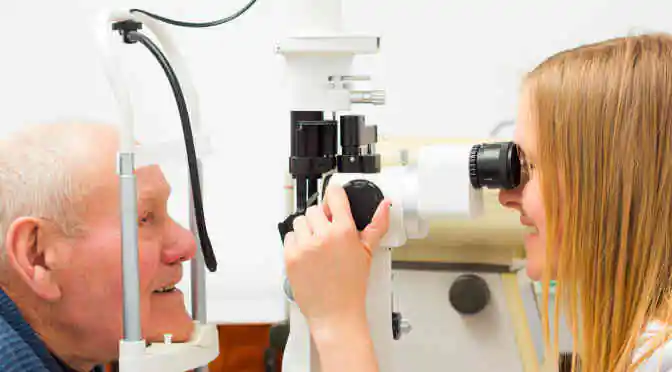The retina– a thin, brittle layer of tissue coating the back of the eye gives us the invaluable gift of vision. As an extension of the brain, retina comprises of multiple neural cells and problems in this layer is usually a major cause of vision loss in human beings. A highly targeted drug and biological therapy aids in saving retinal cells in an individual suffering from retinal degenerative diseases. However, retinal drugs are not the only recourse to cure retinal disorders; there are several non-invasive therapies available for the quick treatment of these disorders.
Close substitutes, off-label drugs disrupt the retinal drug industry
Development of retinal drugs is a challenging area in the field of ophthalmic drug industry with the presence of several roadblocks that impede innovation and development.
Firstly, options such as laser therapy and surgery constitute the first-line of treatment for ophthalmic diseases. The need for specific therapeutics and the unavailability of adequate pharmacological options, at later stages of eye disorders, leads to increased dependence on laser therapies and surgeries.
Further, retinal drugs are priced high, making them unaffordable in many developing and third world countries. Along with this, there has been wide adoption of off-label drugs owing to limited availability of approved medications for the treatment of Age-related Macular Degeneration (AMD). Thereby, these constraints are sure to hamper the growth of the global retinal drugs market.
Biosimilar drugs : Increasing affordability and productivity
With the aim to make drugs affordable, and also increase the availability of retinal drugs, several companies are investing markedly in the development of biosimilars for existing retinal disorder therapies. For instance, Formycon, a German-based developer of biosimilar agents launched phase III pivotal trial of FYB201, a biosimilar for Genentech’s LUCENTIS.
Apart from Formycon, many other companies are working on biosimilars. Thereby, the increase in affordability and productivity is sure to make retinal drugs an apt option for eye therapy when compared to other treatments.
Rising use of combination therapies
As understanding of the disease processes in the retina has amplified in the presence of several technologies, it has become quite clear that many of the ailments for which treatments are prescribed are multifactorial in nature. This has intensified a strong need for combination therapies. These combinational therapies reduce the frequency of eye drop/drugs administration and are expected to lessen the possibility of vascular endothelial growth factor (VEGF) expression, choroidal neovascularization, and inflammation.
See prospects in a new light with Technavio’s market research reports
In a competitive environment like the global retinal drugs market, amid the presence of a surge of established and new vendors, it is a prerequisite for companies to understand the market thoroughly before charting their business route. Technavio’s market research report delivers all the relevant insights to help companies amplify their performance by making strategic decisions at the right time.



